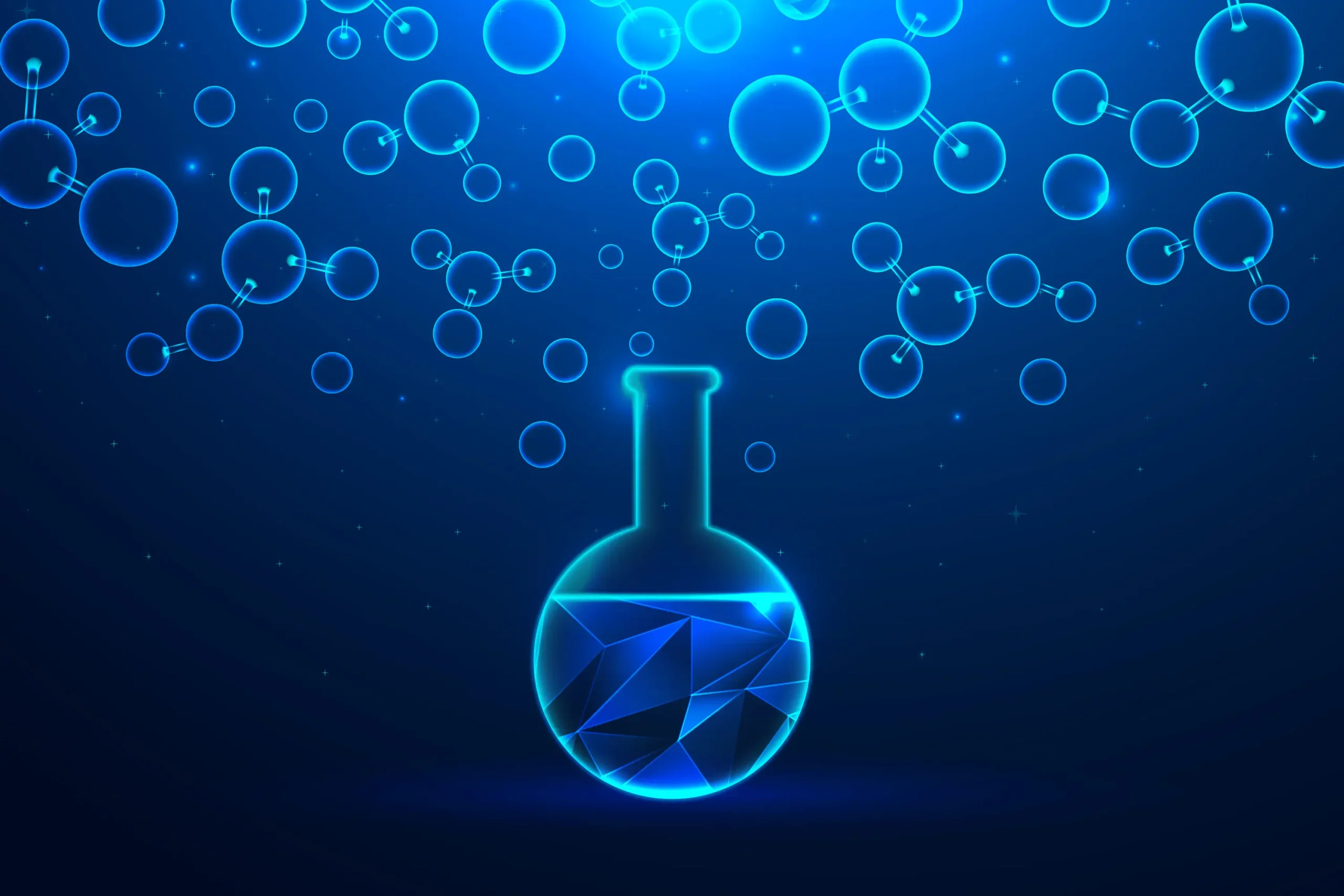Resorcinol
Structure of Resorcinol: Molecular Formula: C₆H₄(OH)₂ Structure: A benzene ring with two hydroxyl groups at positions 1 and 3 (meta positions). Uses: Chemical Intermediate: Used in the synthesis of resins, dyes, and pharmaceuticals. Adhesives: Important in the production of adhesives for wood products and tires. Cosmetics: Used in skin treatments and hair dyes. Medical: Employed … Read more






